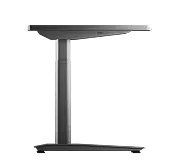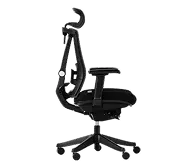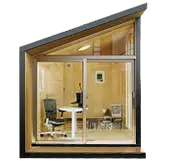- Newest
- Most viewed
Interested in a Link Placement?
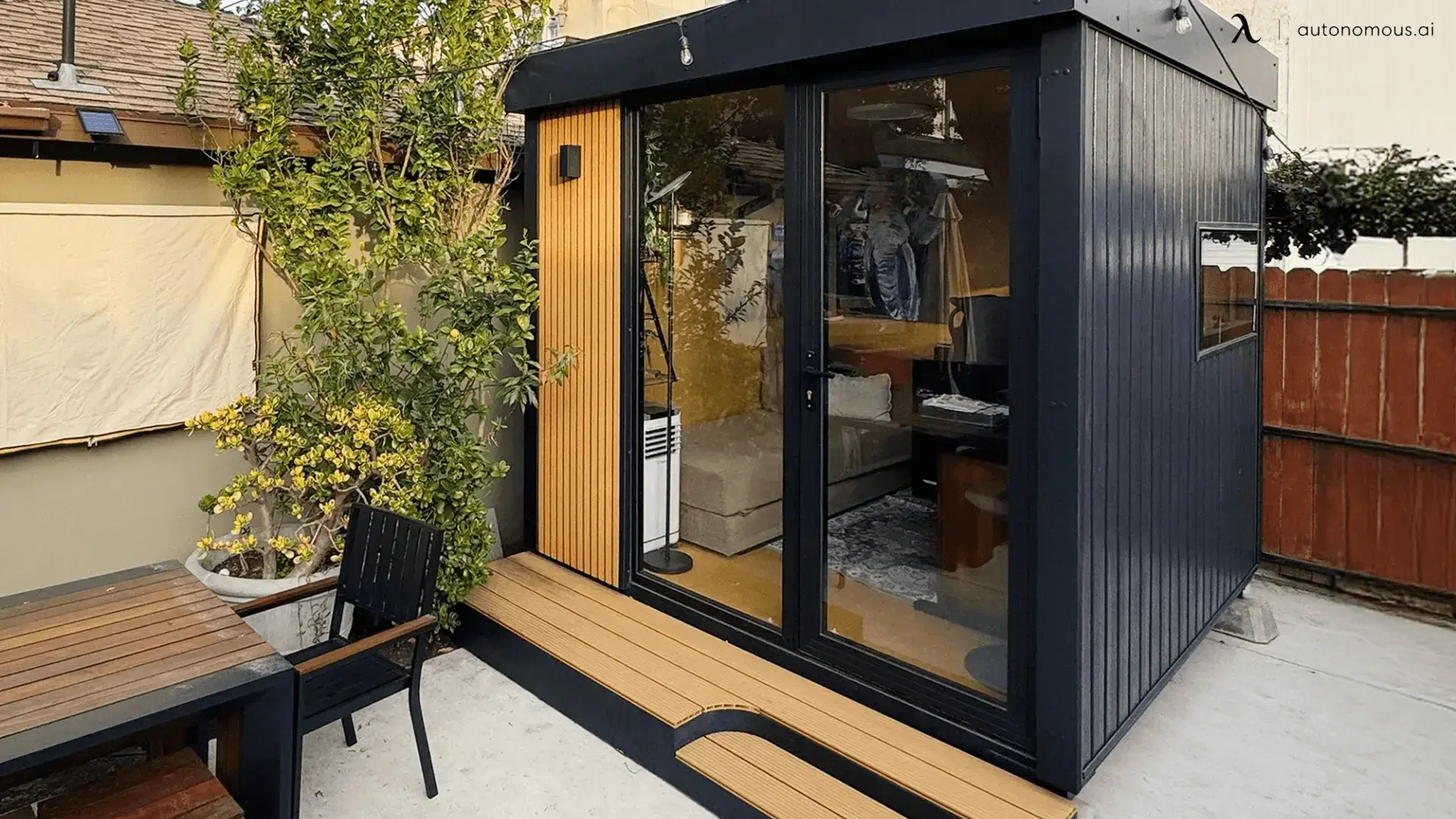
She Shed Library: 12 Cozy Backyard Reading Space Ideas
Turn a simple shed into a she shed library. Get inspiration, practical tips, and prefab solutions to design your own backyard book haven.
Workplace Inspiration | Sep 17, 2025 114 views
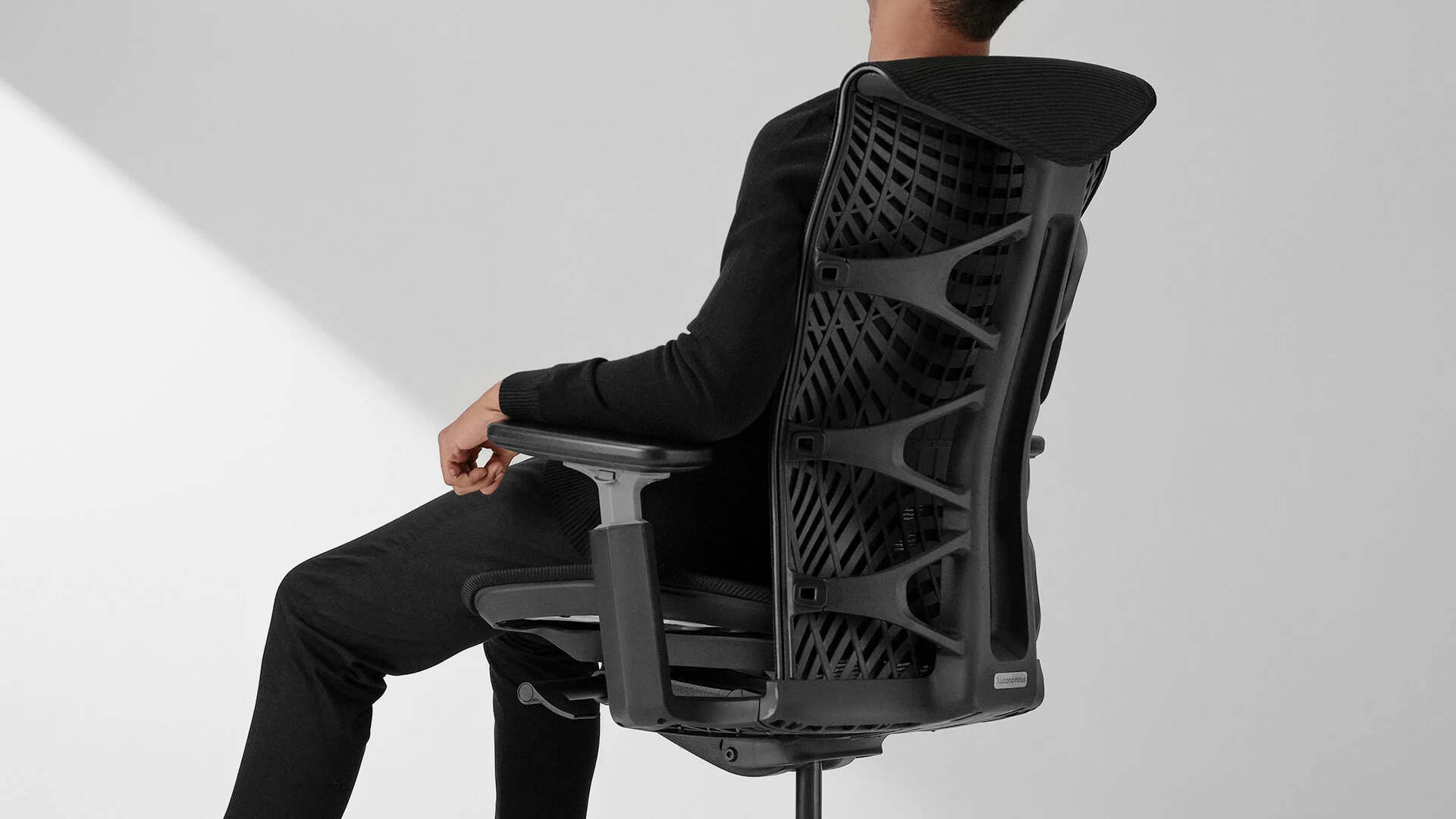
Butterfly Office Chair Review: Top 5 Picks For 2025
Smart Products | Sep 17, 2025 421 views
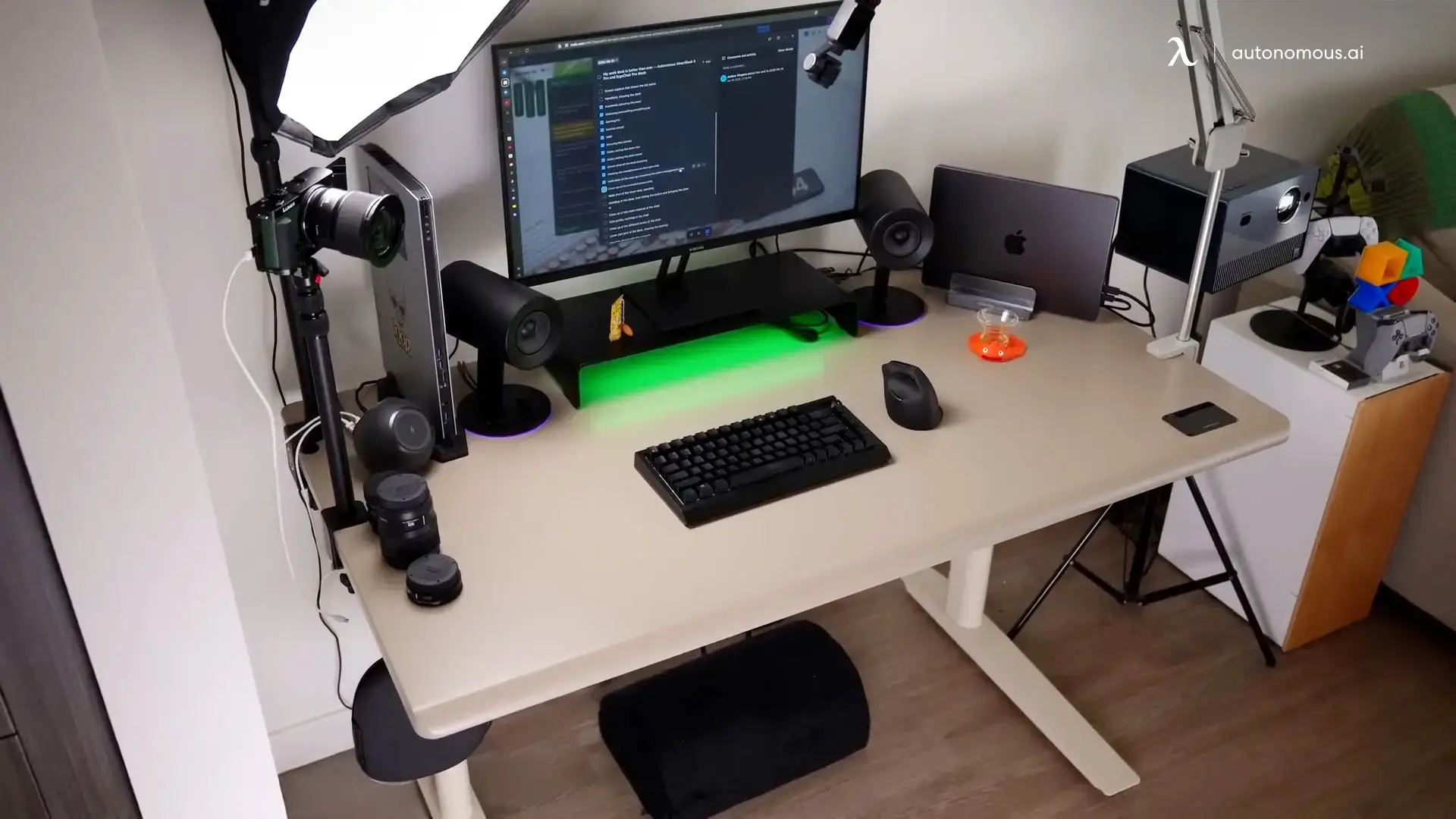
Best Standing Desks in Edmonton for Home and Office Workspaces
Smart Products | Sep 16, 2025 645 views
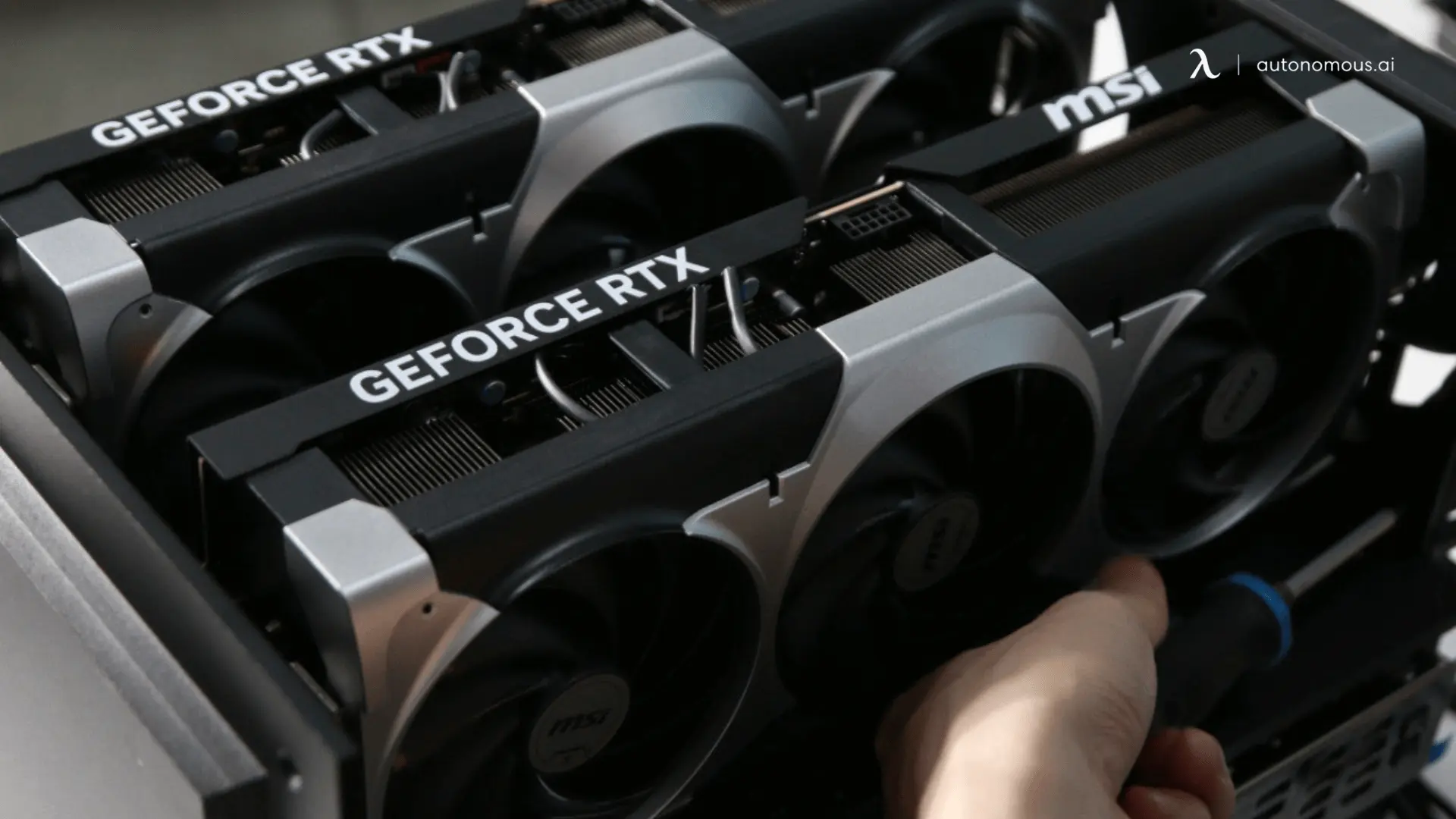
Building an Efficient EdgeAI Server: A Guide to Dual-GPU Setups
Smart Products | Sep 15, 2025 606 views
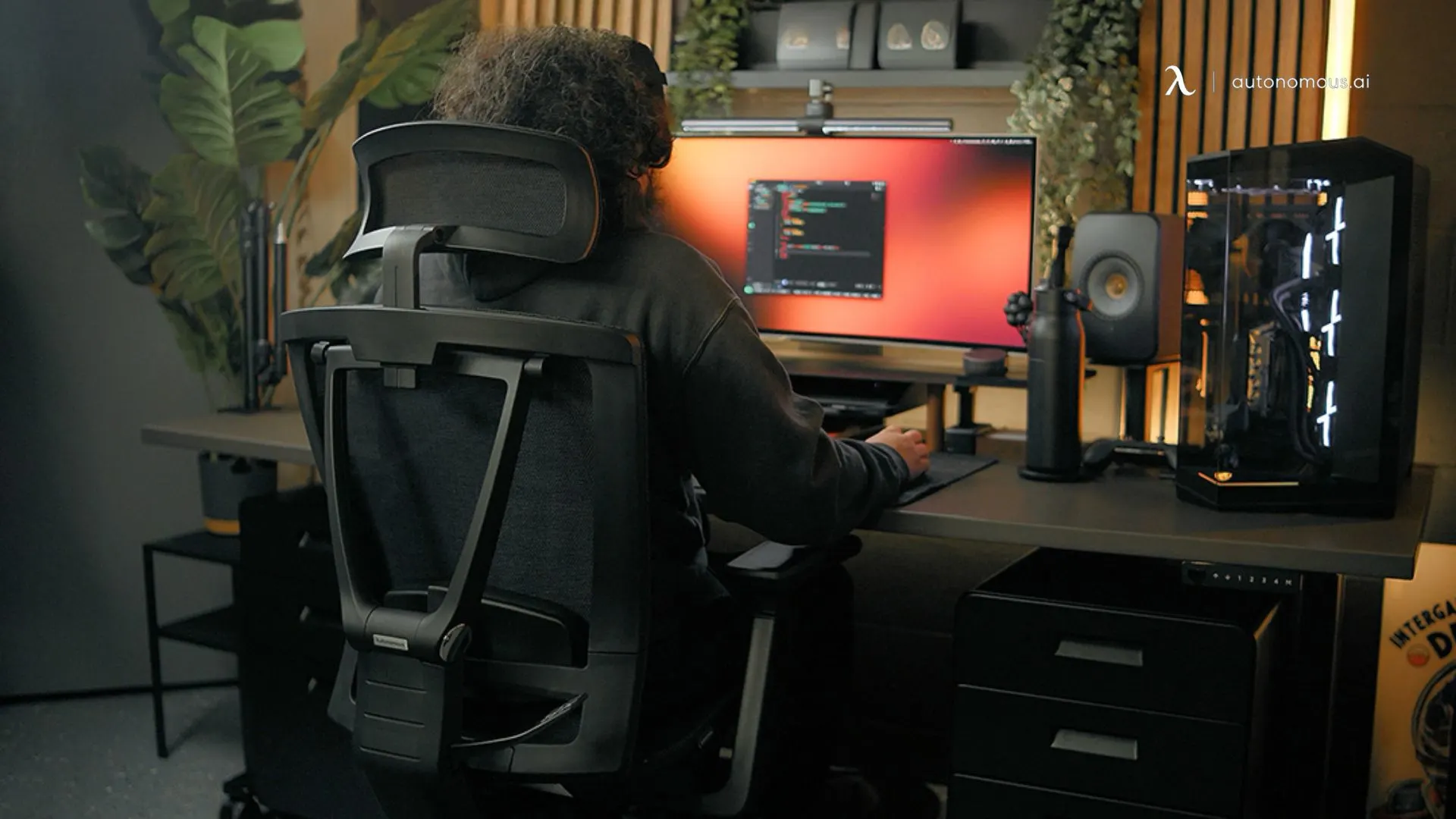
Average Screen Time For Adults Per Day In 2025
Productivity | Sep 15, 2025 663 views
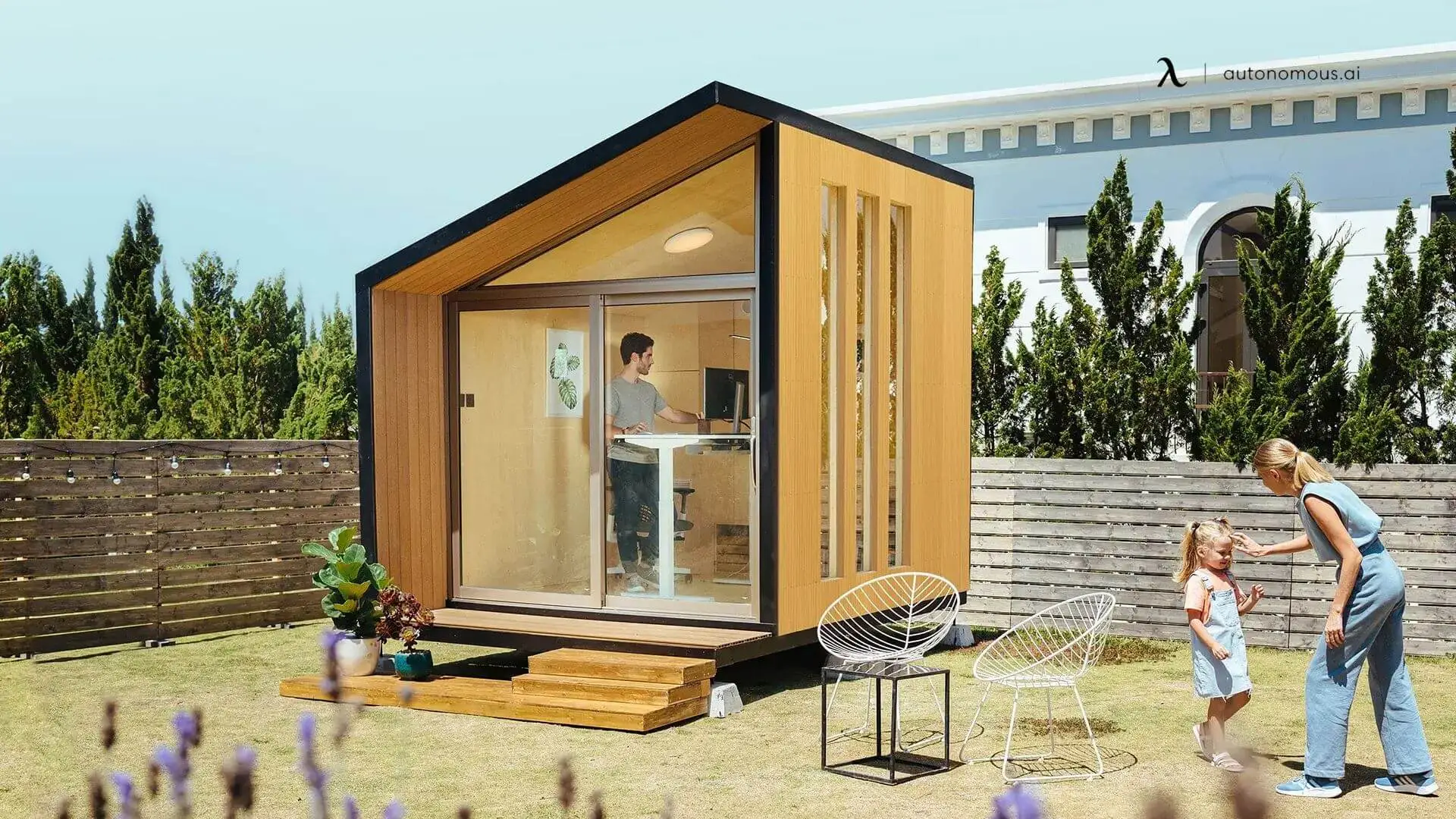
Modular Garden Rooms Guide 2025: Cost & Options
Smart Products | Sep 14, 2025 1,026 views
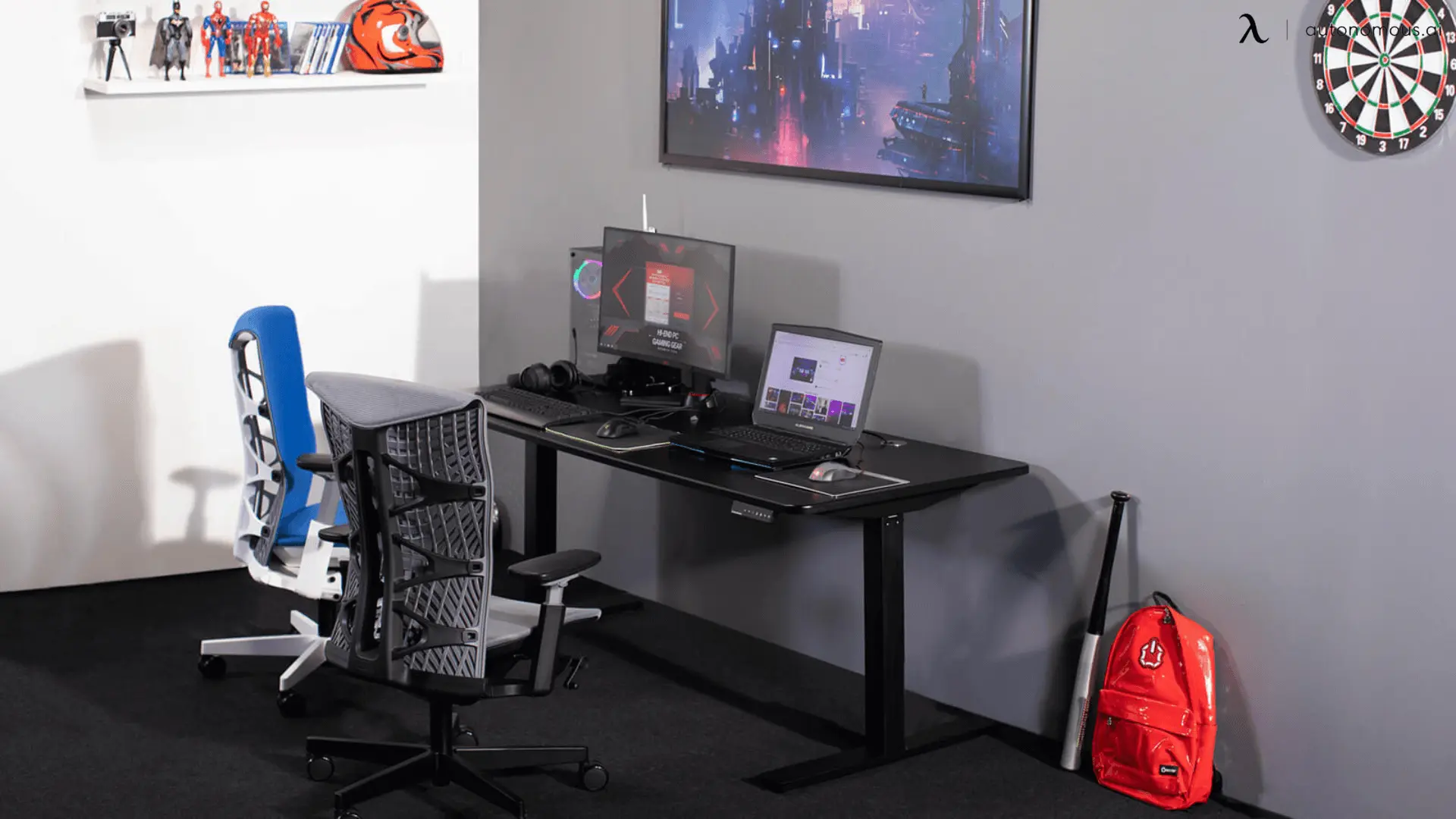
MSI Katana 15 Gaming Laptop Review: Is It Worth It?
Gaming Setup | Sep 11, 2025 407 views
.webp)
Modular Shed Kit: Ultimate Guide for Offices & Home Use
Smart Products | Sep 10, 2025 625 views
.webp)
7 Easy World Records to Break from Your Home Office
Remote Working | Sep 9, 2025 889 views

Mygrow App Review 2025: Enhance EQ In 10 Minutes Daily
Latest Updates | Sep 12, 2025 848 views
.webp)
MyFitCoach App Review 2025: Pricing, Pros & Cons
Latest Updates | Sep 10, 2025 1,104 views
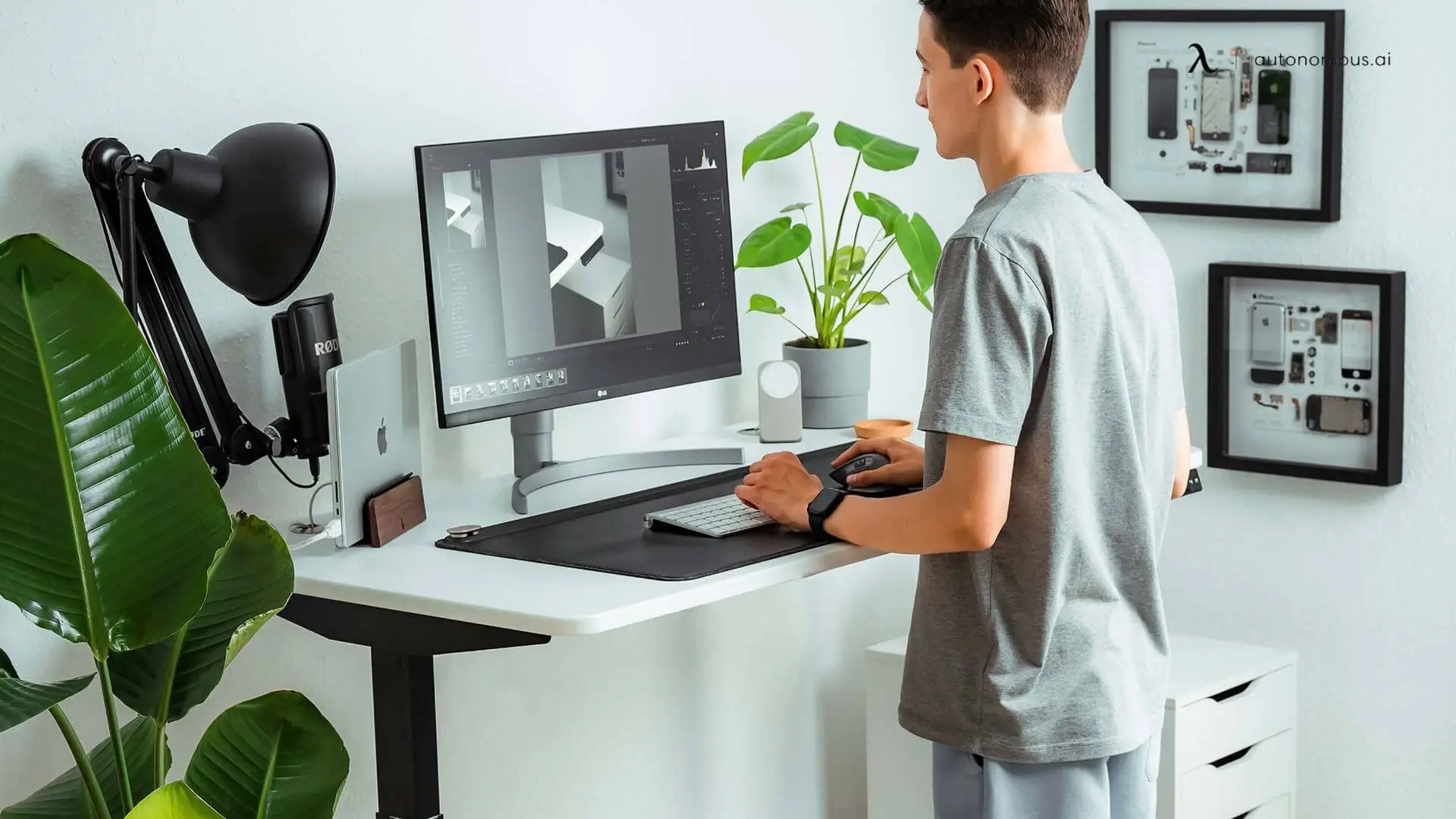
DecAI App Review: Where AI Design Falls Flat
Latest Updates | Sep 8, 2025 402 views

.svg)
